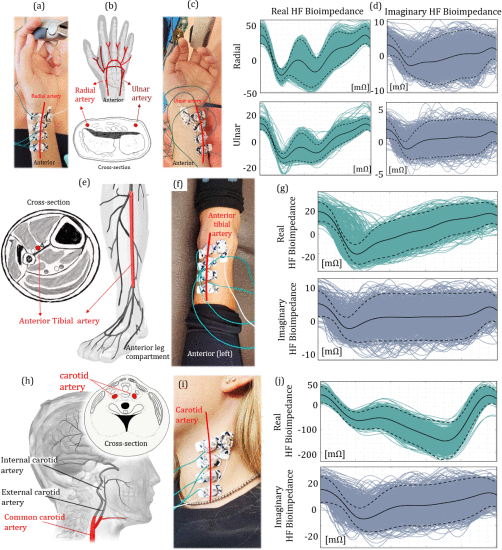
Objective: Bioimpedance sensing is a powerful technique that measures the tissue impedance and captures important physiological parameters including blood flow, lung movements, muscle contractions, body fluid shifts, and other cardiovascular parameters. This paper presents a comprehensive analysis of the modality at different arterial (ulnar, radial, tibial, and carotid arteries) and thoracic (side-rib cage and top thoracolumbar fascia) body regions and offers insights into the effectiveness of capturing various cardiac and respiratory activities. Methods: We assess the bioimpedance performance in estimating inter-beat (IBI) and inter -breath intervals (IBrI) on six-hours of data acquired in a pilot-study from five healthy participants at rest. Results: Overall, we achieve mean errors as low as 0.003 ± 0.002 and 0.67 ± 0.28 seconds for IBI and IBrI estimations, respectively. Conclusions: The results show that bioimpedance can be effectively used to monitor cardiac and respiratory activities both at limbs and upper body and demonstrate a strong potential to be adopted by wearables that aim to provide high-fidelity physiological sensing to address precision medicine needs.
